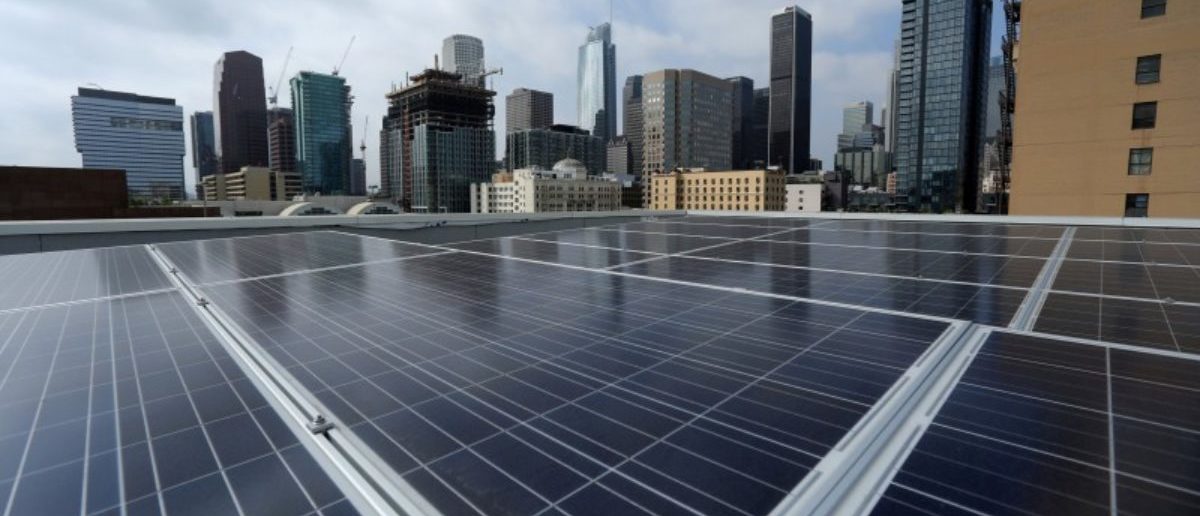The U.S. is fast approaching the point of having too much solar energy on the electric grid, according to a new report.
The free market Institute for Energy Research (IER) published a report on the limits of relying on solar panels for electricity generation, finding “that solar photovoltaic (PV) energy contributes no additional capacity to the grid at a penetration level of 6 percent or beyond.”
IER’s report found “additional solar above the threshold is actively harmful to the ability of operators to maintain the capacity of the grid because it undermines the economics of those energy sources that must continue to provide the capacity to meet peak demand.”
The report warns lawmakers against future lobbying by the solar industry for subsidies to avoid the “looming value cliff.”
“Policymakers should be wary of throwing good money after bad—of subsidizing a resource whose value is diminishing as additional capacity is added unless storage or some other advanced technology becomes economical,” reads the report.
Solar panels generated 0.9 percent of U.S. electricity last year, according to federal data, but individual states are more reliant on solar power. California, for example, generates so much solar power it has to pay other states to take power to stabilize the grid.
California officials, and even some media outlets, spun the news as a sign of progress on green energy. California already has one of the most aggressive green energy laws in the country, and some lawmakers back a bill mandating utilities to get 100 percent of their electricity from green sources by 2045.
“California’s experience over the last decade offers hard evidence that we can dramatically expand clean energy while also growing our economy and putting people to work,” Democratic State Sen. Kevin de León said in May.
“This measure will ensure that California remains the world’s clean energy superpower and that we lead the nation in addressing the threat of climate change,” said de León, who introduced the bill.
States laws and federal subsidies are some of the biggest drivers of solar power in California. The state also prohibited utilities to contract with coal-fired power plants, and legislators passed at least two laws mandating utilities build up solar capacity.
California gets about 14 percent of its electricity from solar panels, but that’s also made them more vulnerable to inclement weather and even rare events, like the recent solar eclipse. Utilities also have to be more vigilant that intermittent solar power doesn’t damage the grid.
Without large-scale battery storage, it’s impossible to match up solar power with actual electricity demand — a problem that’s only magnified when solar is scaled up.
“In the absence of effective storage capability, any subsidies, mandates or incentives for solar penetration above a 5-percent threshold are actively harmful to the reliability and economics of the power grid,” IER reported.
But that’s not all. The overabundance of solar power drives electricity prices below zero, meaning California pays other states to take their excess energy, suppressing wholesale prices in neighboring states.
Aren’t lower prices good? Yes, but we’re talking wholesale electricity prices, not retail rates. Utilities are actually costing their California customers when they have to pay other states to take more solar power.
Californian face some of the highest retail electricity rates in the country at around 15 cents per kilowatt hour, which is about 50 percent higher than the national average.
“At a certain point—and California seems to have reached it already—new solar PV does nothing to satisfy new peak net demand,” reads IER’s report.
